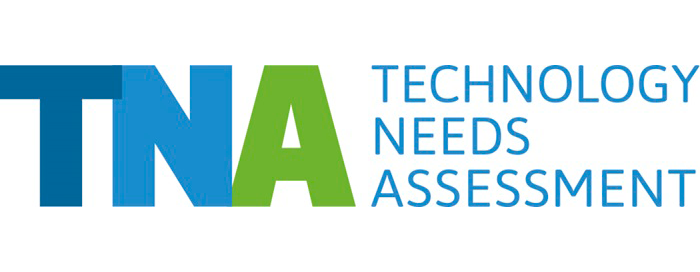In 2013, Mongolia undertook its first TNA, which significantly contributed to the development of its NDC, but it also supported the further development of climate projects that raised several hundred million dollars over the past few years.
In 2025, the country started its second TNA, seeking to revisit priority sectors and climate technologies that can further support the nation in its climate ambitions.
The country’s climatic variability poses significant challenges for agriculture and livestock, as severe weather events such as blizzards and droughts can disrupt livelihoods
In response to these climatic challenges, Mongolia has set ambitious targets within its Nationally Determined Contributions (NDC) under the Paris Agreement. The country aims to reduce greenhouse gas emissions by 22.7% by 2030 compared to a business-as-usual scenario. Taking all sectors into account, the country aims to potentially reduce emissions by up to 44.9 % by the end of the decade.
Key sectors targeted for emission reductions include energy, transportation, waste management, and agriculture. Additionally, Mongolia is committed to increasing its renewable energy capacity to 30% by 2030, focusing on solar and wind energy sources to combat reliance on fossil fuels.
Mongolia simultaneously recognizes the importance of climate adaptation. Adaptation needs and priorities are determined broadly in the NDC and NAP – the latter of which was developed recently, which enabled the country to identify specific adaptation actions. The government plans to implement adaptation strategies that include improving water resource management, promoting sustainable land use practices, and enhancing disaster preparedness measures. Through these initiatives, Mongolia seeks not only to mitigate climate change impacts but also to foster sustainable development that aligns with its long-term economic goals.
In Mongolia, micro, small and medium-size enterprises make up 90% of all businesses, a majority of which use outdated and inefficient technologies. The potential emissions reductions made achievable by using technologies that are more efficient is significant, but access to such technologies for these enterprises is challenged by their high investment costs.
As an outcome of the recommendation from the TNA, XacBank was awarded US$ 20 million to extend its Business Loan Program allowing it to lower its interest rates on loans to businesses looking to invest in renewable energy and energy-efficient technologies. The expected impact from this loan program is an average rate of GHG emissions reductions of 149,290 tCO2 per year.
Apart from reducing CO2 emissions, the loan program will help Mongolian enterprises adopt enduring, low-carbon business models and help alleviate the current prevalence of high financial costs and relatively short-term loan periods. It is expected that 60,000 registered small and medium sized enterprises in Mongolia will reap the benefits of the loan programme.
Mongolia’s TNA contributes to the following Sustainable Development Goals:







